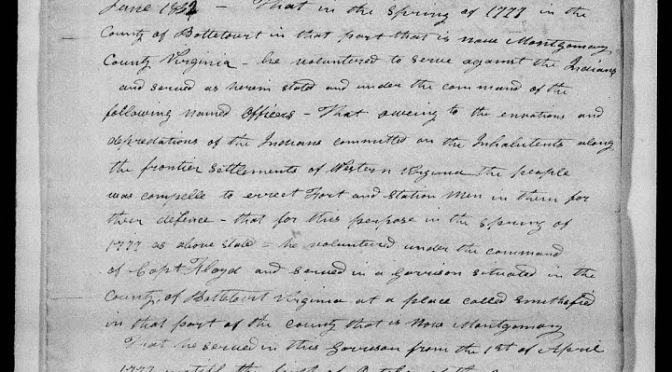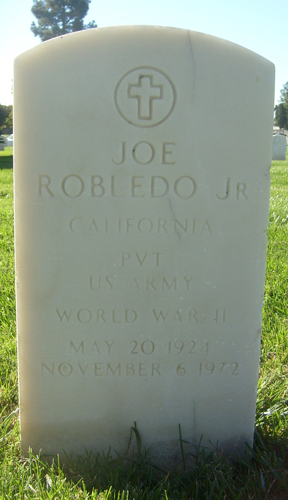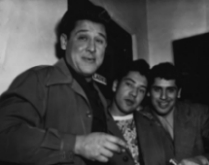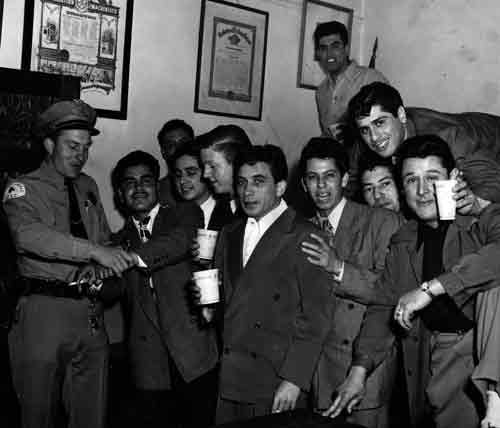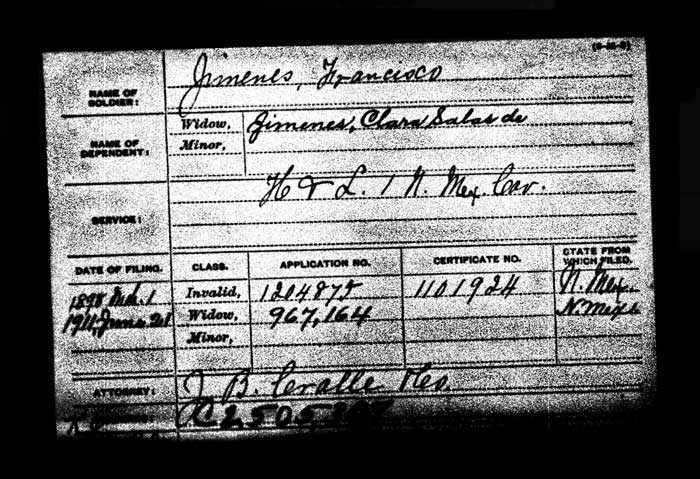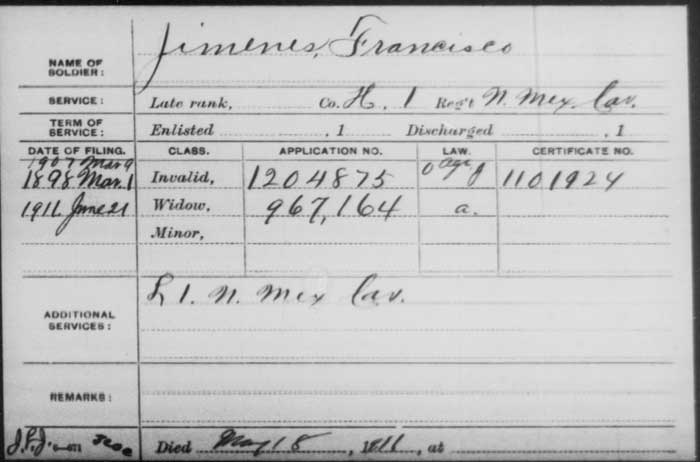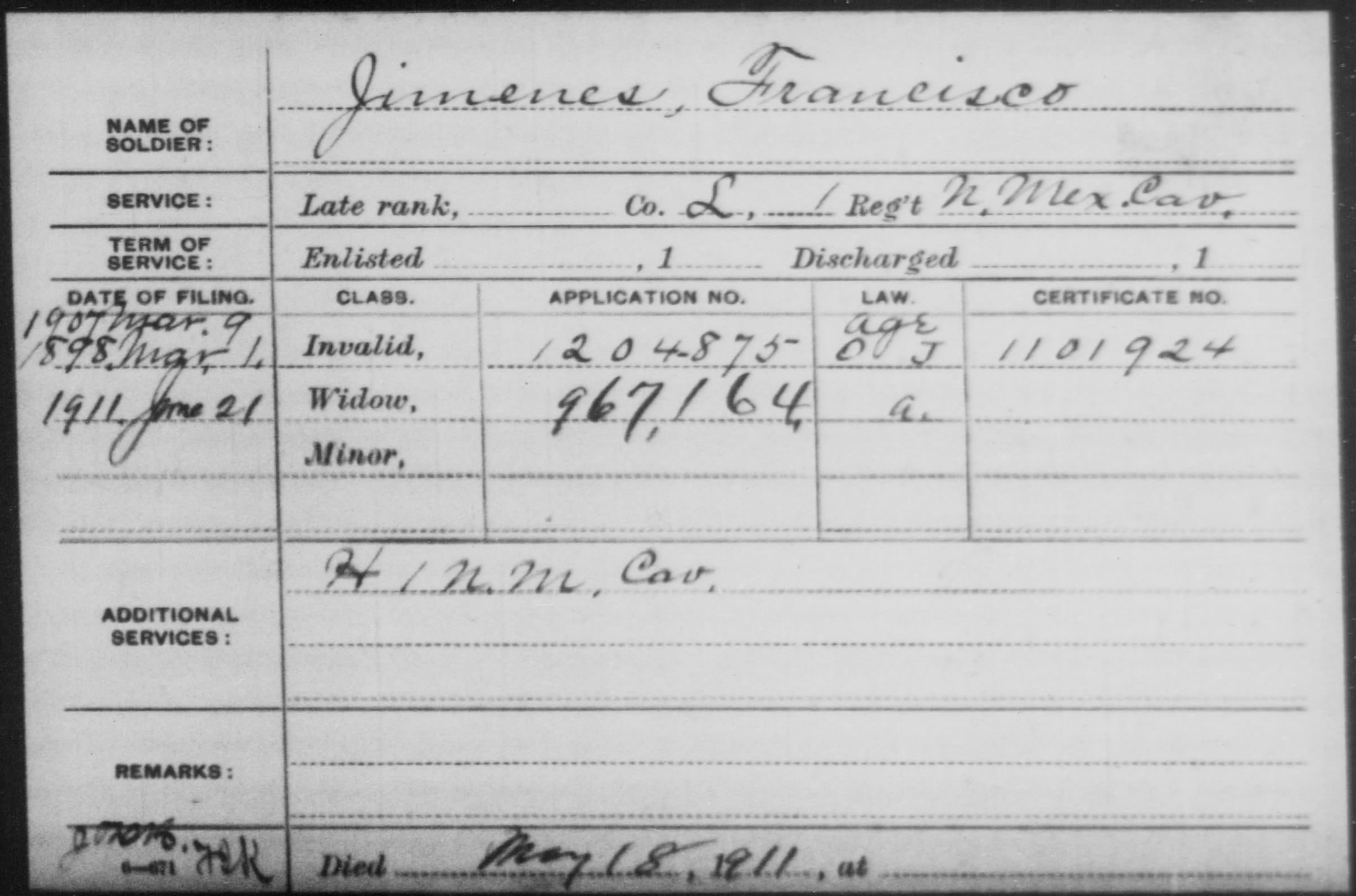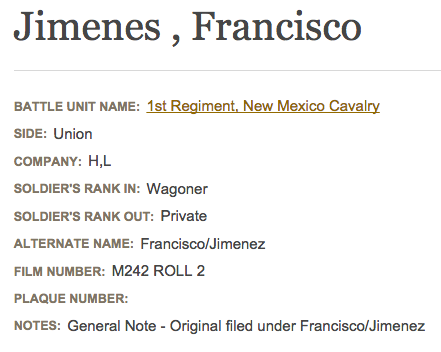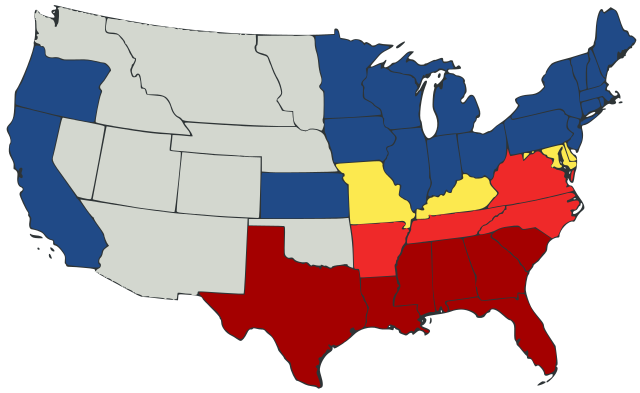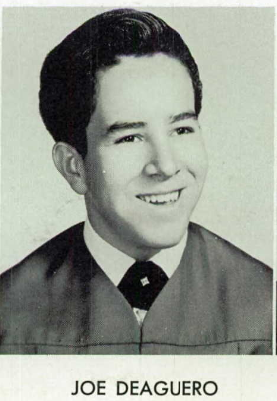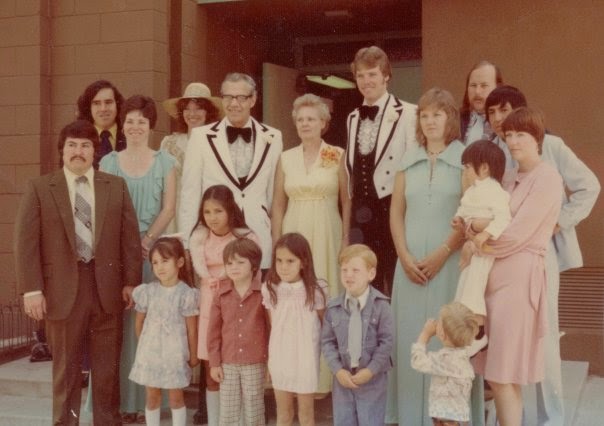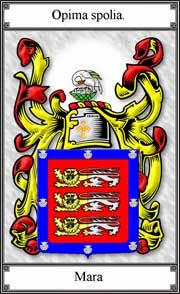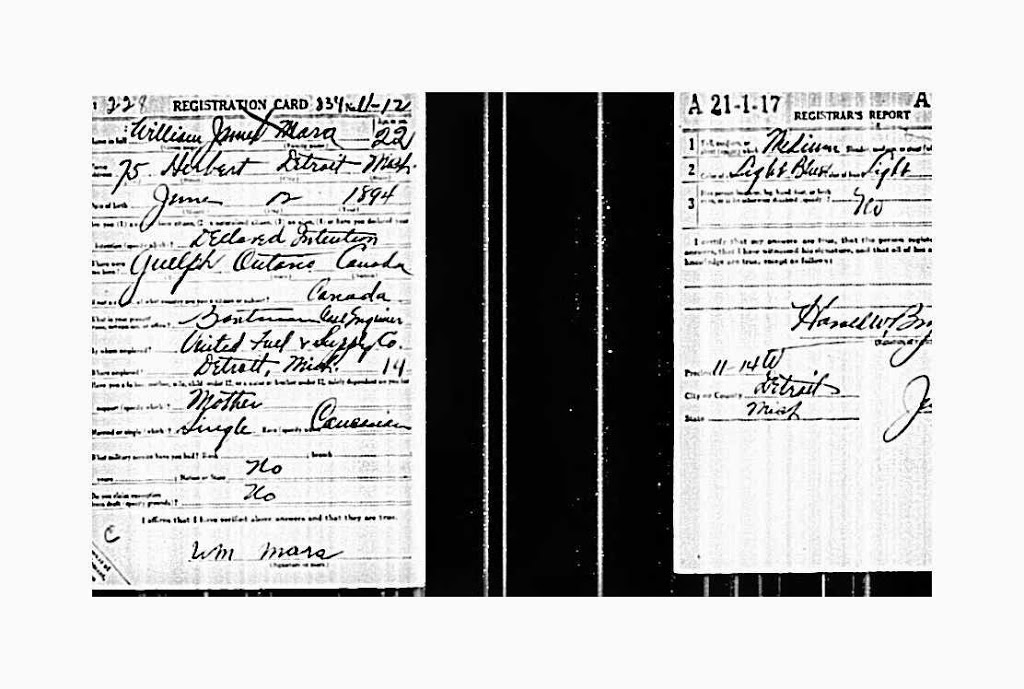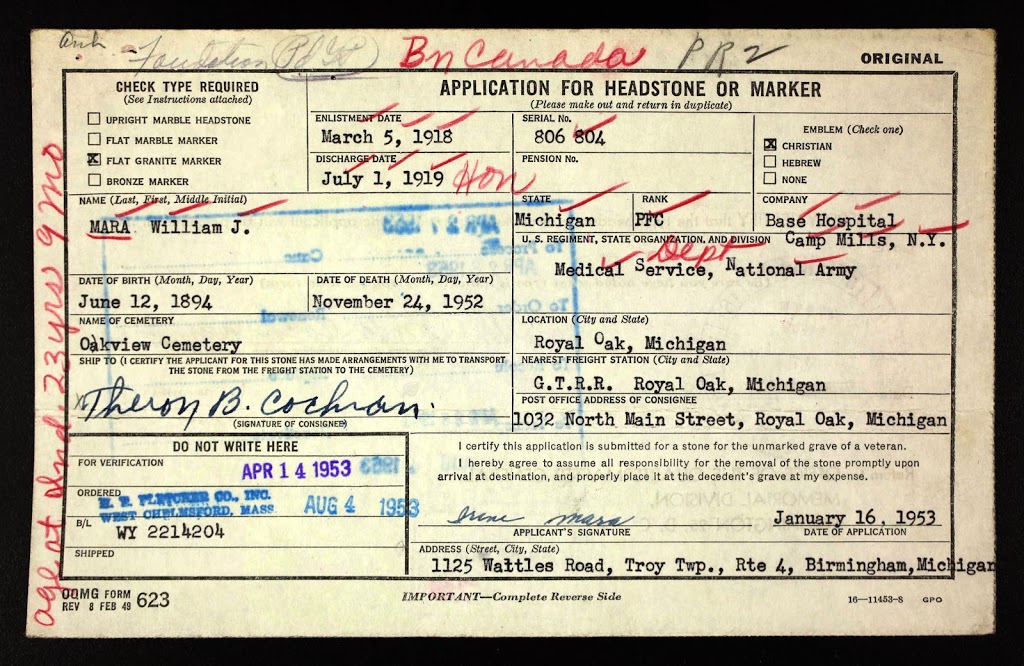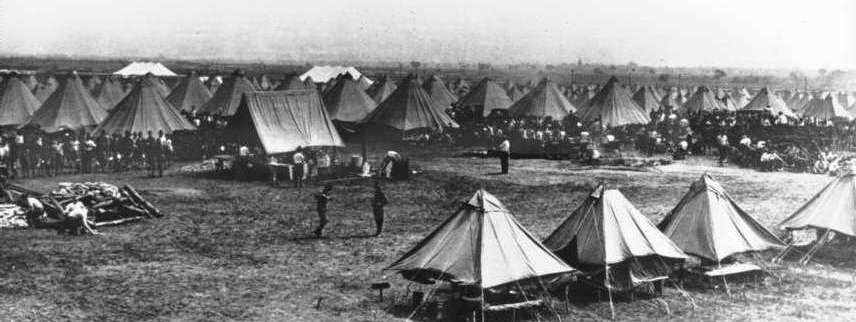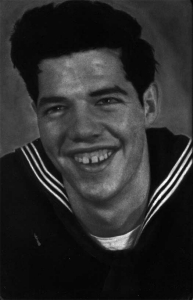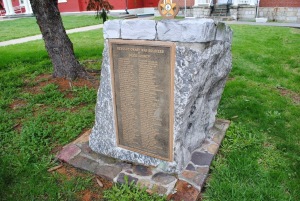
The challenge: have one blog post each week devoted to a specific ancestor. It could be a story, a biography, a photograph, an outline of a research problem — anything that focuses on one ancestor.
Amy’s 2015 version of this challenge focuses on a different theme each week.
The theme for week 27 is – Independent: This is the week for Independence Day! Which one fought for (or against) America’s independence? Or which of your ancestors was independent?
I am still playing catch-up on this challenge, due to the Boston University genealogy research certificate course taking up all of my spare time this summer. Hence, the belated reference to Independence Day.
My 27th ancestor is my husband Jeff’s 5th great grandfather Ferdinand Harless (1755-1853), who served as a patriot in the Revolutionary War.
[contentblock id=55 img=html.png]
I wrote about Ferdinand’s Revolutionary War service and pension file last year, in the 2014 version of this blog challenge. However, at that time, I struggled with reading the 1834 handwritten document, and I was not too familiar with analyzing these types of records. Fast forward 13-1/2 months to today, and thanks to the Boston University program in which I am currently enrolled, transcribing and analyzing the files is a piece of cake. A piece of cake rich with biographical information about my husband’s 5th great grandfather. So I am revisiting the research I did last year.
Following is a verbatim transcription of Ferdinand Harless’s sworn affidavit applying for his pension for service in the Revolutionary War.2 My corrections and annotations are noted in [brackets], but no modifications are made to original spelling, punctuation, or grammar. I have opted to insert a blank line between paragraphs instead of using the record’s indentation style, simply for ease of reading in a blog format.
Soldier’s Affidavit
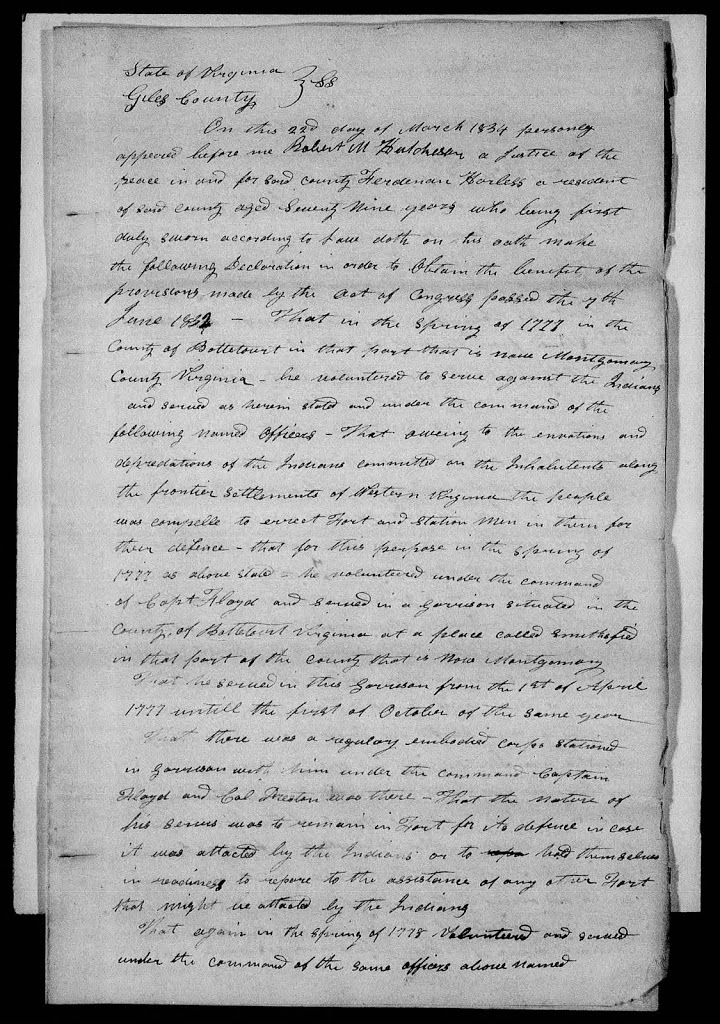
Giles Country
SS
On this 22nd day of March 1834 personaly [personally] appeared before me Robert M. Hutcheson a Justice of the Peace in and for said county Ferdenan Harless a resident of said county aged seventy nine years who being first duly sworn according to law doth on the oath make the following Declaration in order to obtain the benefit of the provisions made by the act of Congress passed the 7th June 1832—That in the Spring of 1777 in the County of Bottetourt [Botetourt] in that part that is now Montgomary [Montgomery] County Virginia—he volunteered to serve against the Indians and served as herein stated and under the command of the following named officers—That owing to the envations [invasions] and depredations of the Indians committed on the Inhabitants along the frontier settlements of western Virginia the people was compelle[d] to erect Fort and station men in there for their defense—that for this purpose in the spring of 1777 as above stated—he volunteered under the command of Capt Floyd and served in a garrison situated in the County of Bottetourt [Botetourt] Virginia at a place called Smithfield in that part of the county that is now Montgomary [Montgomery]
That he served in this garrison from the 1st of April 1777 until the first of October of the same year
That there was a regulary [regularly] embodied corps stationed in garrison with him under the command Captain Floyd and Col Preston was there—That the nature of his servis [service] was to remain in Fort for its defense in case it was attacted [attacked] by the Indians or to hold themselves in readiness to repore [report] to the assistance of any other Fort that might be attacted [attacked] by the Indians
That again in the Spring of 1778 volunteered and served under the command of the same officers above named and served in the same garrison (at smith field) from the first april 1778 until the 1st of October—and that the nature of this servises [services] this year was the same as the year former and
That in the spring of 1779 he volunteered and served from the 1st of April until the first of October under the command of Capt Lucas and was stationed in a garrison situated on sinking creek a tributary stream of New River then in the county of Bottetourt [Botetourt] in that part that is now Giles
That he volunteered in the springs of 1780 & 81 and served from the first of April until the 1st of October in each year in the last named garrison under the command of Captain Lucas
That the nature of his servis [service] was to remain in garrison for its defence [defense] and to range and reconnoiter in spying parties to watch the approach of Indians That the company to which he belonged was divided and a part remained garrison with him some was stationed in a garrison situated at the mouth of sinking creek & also some was stationed in a garrison the mouth of stoney creek both tributary streams of New river all within the same neighbourhood [neighborhood] owing to the scarsity [scarcity] of men in these new settlements there could not be a sufficient number of men raised to defend these points until there was men drafted and brought out either from Augustia [Augusta] or Franklin Counties and stationed in those Fort
That he was one of the early settlers of western Virginia and had to endure much of the hardships of Indian warfare—That he recollects a party of Indians given chace [chase] after Martin Harless and that he narrowly escaped and arrive[d] in the Fort after a race of 3 or 4 miles then he recollects of the murder and the taken into captivity many of his neighbours [neighbors] among whom was of the Families of Sybrook Chapman & McKindsy and a number of other a Daughter of Sybrooks was skelped [scalped] and beate [beat] on the head with a war club and found living next morning and when she was found asked for a drink of water and soon after expired—in seanes [scenes] like these he passed through the Revolutionary [Revolution] or at least up until the fall of 1781 after which time he declined to be engaged against them.
That the time time he served was with an embodied corps that during which time he followed no civil persuit [pursuit]
That he can support his declaration by the evidence of Philip Harless Parker Lucas and Daniel Harless who served in garrison with him
1st he was born in the county of Shenadore [Shenandoah] Virginia in the year 1755—2d he has no record of his age
3d he was living that part of of Bottetort [Botetourt] Virginia in that part that is now Montgomary [Montgomery] since the revolutionary war he has lived in that part of Bottetort [Botetourt] that is now Giles—4th he volunteered 5th in the years 1777 & 78 Col Preston and Captain Floyd—after 1778 Captain Lucas—6th he never received a written discharge 7th Rev Isaac Scott and Robert W Dennis can testify to my character for varasity [veracity] He [appears to be a mistake, the start of the next line]
He hereby relinquishes every claim to a pension or an annuity except the present and declares that his name is not on the pension roll of any agency in any state—sworn to and subscribed the day and year aforesaid
Ferdinand Harless X his mark
And I Robert M. Hutcheson a Justice of the peace in and for said county do hereby declare my opinion that the above named applicant served against the Indians as he states
Robert M Hutchisan J P

Next Steps
This pension application raises a number of additional questions about Ferdinand Harless.
- Why was his original pension application rejected?
- What change occurred that allowed his application to eventually be approved?
- Was he illiterate, since he signed his mark rather than his name?
- Or was the 79 year old veteran just too ill (possibly losing or having already lost his eyesight) to sign his name by this time?
